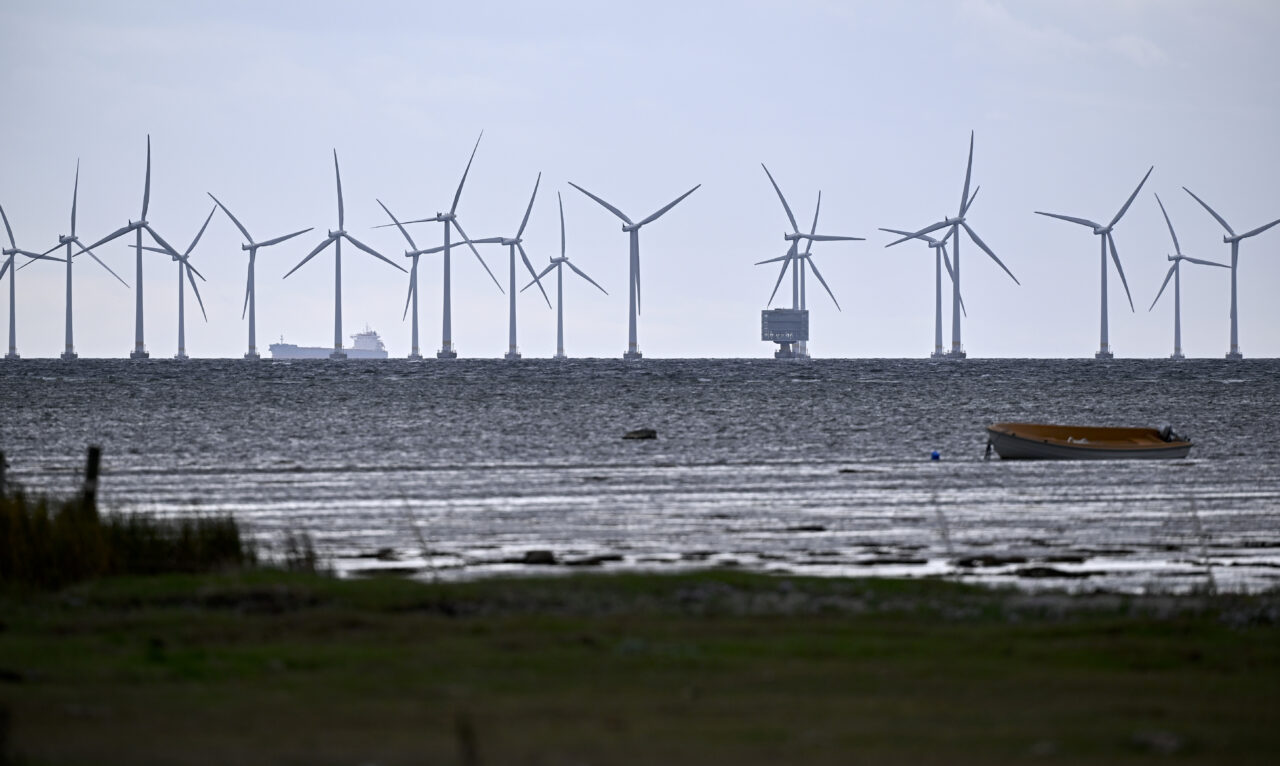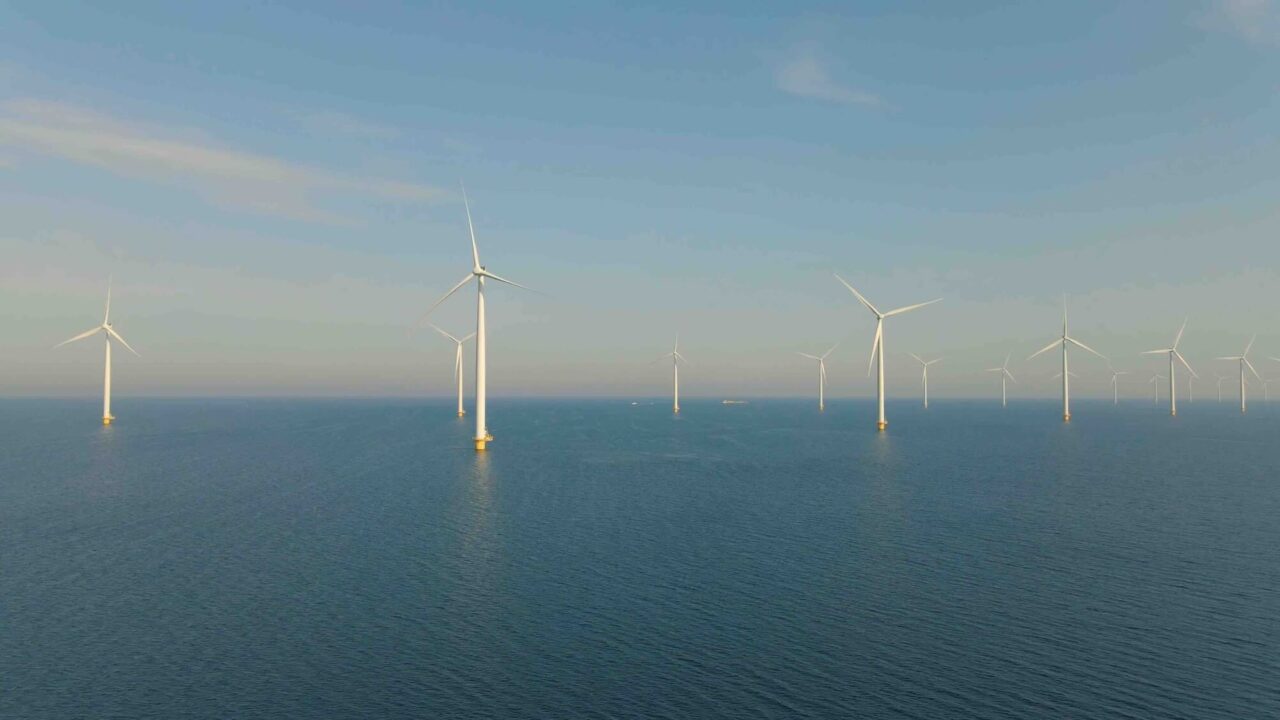Noise generated by large-scale wind turbines to be investigated
Underwater noise from planned large wind turbines risks affecting both wildlife and Sweden’s defense capabilities.
Now researchers will find out how such wind farms will sound below the surface.

Offshore wind power is planned to be greatly expanded, but how the new wind farms will coexist with both people and animals is a hot question.
There are many questions about the noise levels they generate underwater.
Today’s offshore wind turbines cause noise disturbances to the environment during the construction phase. The piling can be heard many kilometers away and the sound scares away fish, among other things.
When they are in operation, the noise can have an effect locally in the park and cause stress, among other things, but according to the available research, they do not cause direct harm to fish and other marine life.
Vibrations and sounds
That’s what Mathias Andersson, marine biologist and research leader at the Total Defense Research Institute (FOI), says.
But the wind turbines now being planned are on a much larger scale. The foundations can have a diameter of up to 15 meters compared to a maximum of 8 meters today. How these larger wind turbines will sound is the big question, he says.
He leads a project that was recently awarded five million Swedish kroner by the Swedish Environmental Protection Agency to provide answers.
The researchers will measure underwater noise and vibrations in the water and seabed from the Kriegers Flak wind farm south of Trelleborg. Using models, they will then calculate the noise from larger wind turbines.
Alien underwater craft
The knowledge must be able to be used in the environmental testing of offshore wind power and eventually lead to limit values for sound-sensitive marine animals.
Increased background noise below the surface can also affect military defence systems that use sonar to track alien underwater vehicles.
The idea is for the Swedish Armed Forces to gain knowledge of the operational noise level at an early stage during the environmental assessment process, in order to be able to analyze the consequences of wind power for the defense capability themselves, says Mathias Andersson.
The project is carried out by researchers at FOI and KTH in collaboration with Vattenfall.





